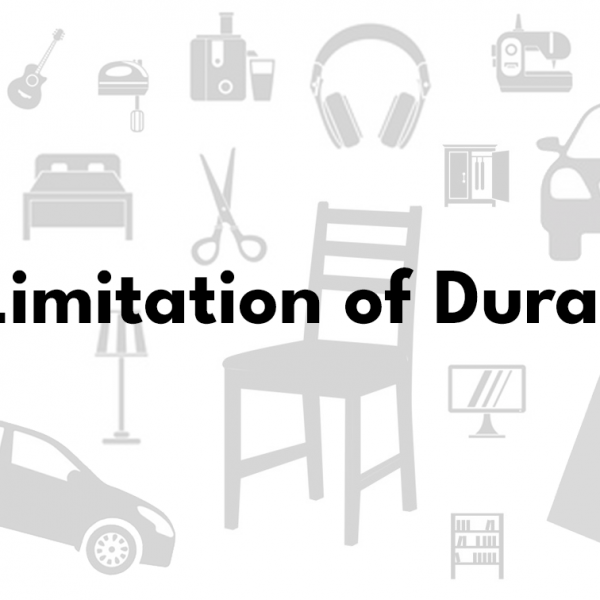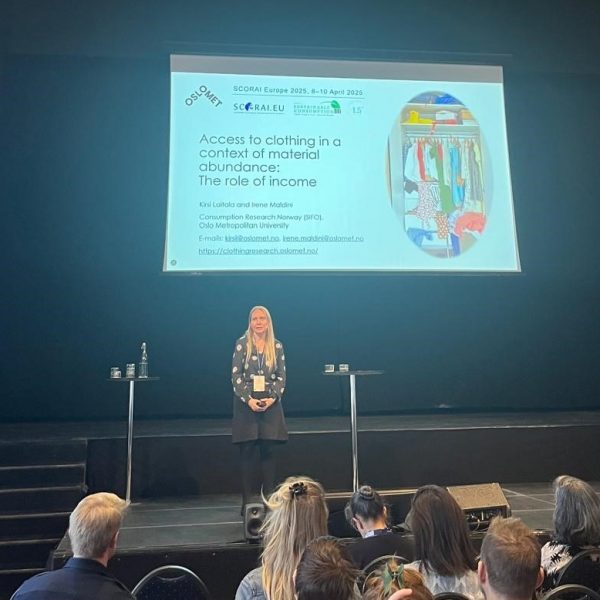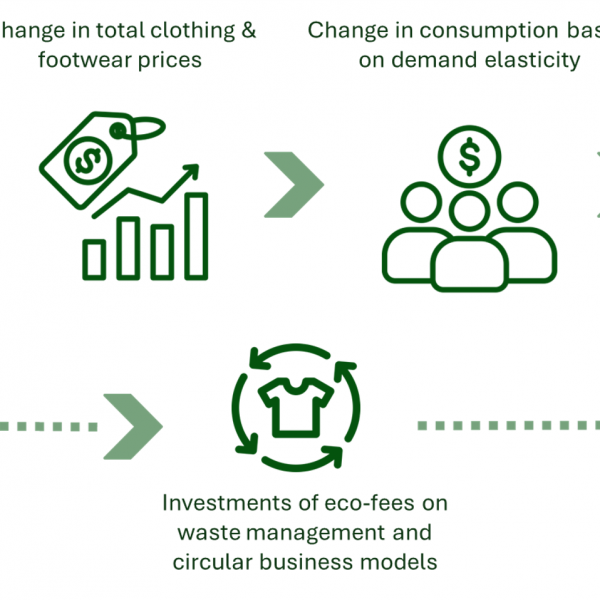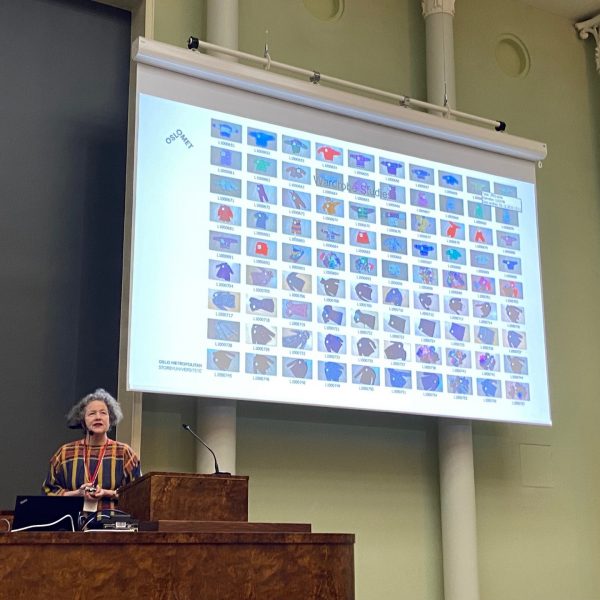Wasted Textiles
The primary objective of this project is to reduce the use of synthetic textiles and the amount that goes to waste.
Wasted Textiles is a collaborative project and the primary objective is to reduce the use of synthetic textiles and the amount that goes to waste. The project is led by Ingun Grimstad Klepp at SIFO/OsloMet and received funding of NOK 12,000,000 from the Research Council of Norway and Norwegian Retailers’ Environment Fund, out of a total budget of NOK 16,000,000.
The use of plastic has increased rapidly over the last 50 years and today synthetic textiles make up at least 60 percent of the global fibre production. Synthetics spreads microplastics and the textiles pollute nature and wildlife and are problematic in waste treatment. The project will increase knowledge about synthetic textiles in clothing and other products such as hygiene products, toys, sports equipment and more.
Wasted Textiles will start by mapping all textiles that go out of use in households. It is the textiles at this stage we refer to as “wasted”, and which can end up in many different waste streams, forgotten in storage or even lost in nature. From this point in the product’s life, we will look backwards and forwards in the value chain and ask:
- What do wasted textiles consist of, how and why is textile waste generated and how are textiles disposed of?
- How much textiles, especially synthetic, are wasted in Norway?
- How can consumption of synthetic textiles be minimised, replaced or utilised to reduce synthetic wasted textiles?
- What are the environmental, economic and societal impacts of circular economy strategies for consumption and disposal of synthetic textiles?
- Which regulatory measures can be implemented and be feasible in reducing the volume of synthetic textile waste?
The five questions each have their own work package. The work package leaders are Kirsi Laitala from SIFO/OsloMet, Frode Syversen from Mepex Consult, Kjersti Kviseth from Norwegian Fashion & Textile Agenda (NF&TA), and Susie Jahren and Moana Simas from SINTEF. Jens Måge from Avfall Norge leads the project’s steering group. Other important partners are Fretex, the Norwegian Consumer Council and the Future in Our Hands, Kerli Kant Hvass and Tone Tobiasson, as well as member companies in Avfall Norge and NF&TA and the Faculty of Technology, Art and Design at OsloMet. The project thus brings together the entire clothing sector in Norway: production, design, use and disposal.
Participants at SIFO
- Ingun Grimstad Klepp
- Kirsi Laitala
- Anna Schytte Sigaard
- Marie Hebrok
- Nina Heidenstrøm
- Vilde Haugrønning
- Lisbeth Løvbak Berg
Partners
- SINTEF
- Faculty of Technology, Art and Design, OsloMet
- Avfall Norge with member companies
- Mepex Consult
- Norwegian Fashion & Textile Agenda (NF&TA)
- Fretex
- Norwegian Consumer Council
- Future in Our Hands
- Tone Skårdal Tobiasson
- Kerli Kant Hvass
Publications
- From local strategies to global sustainability: A macroeconomic analysis of Extended Producer Responsibility scenarios for the Norwegian consumer textiles sector – SINTEF Report
- REWdu Wasted Textiles: Method for Picking Analyses of Textiles – Report Avfall Norge
- Natural and Sustainable? Consumers’ Textile Fiber Preferences – Fibers
- Reducing Plastic in Consumer Goods: Opportunities for Coarser Wool – Fibers
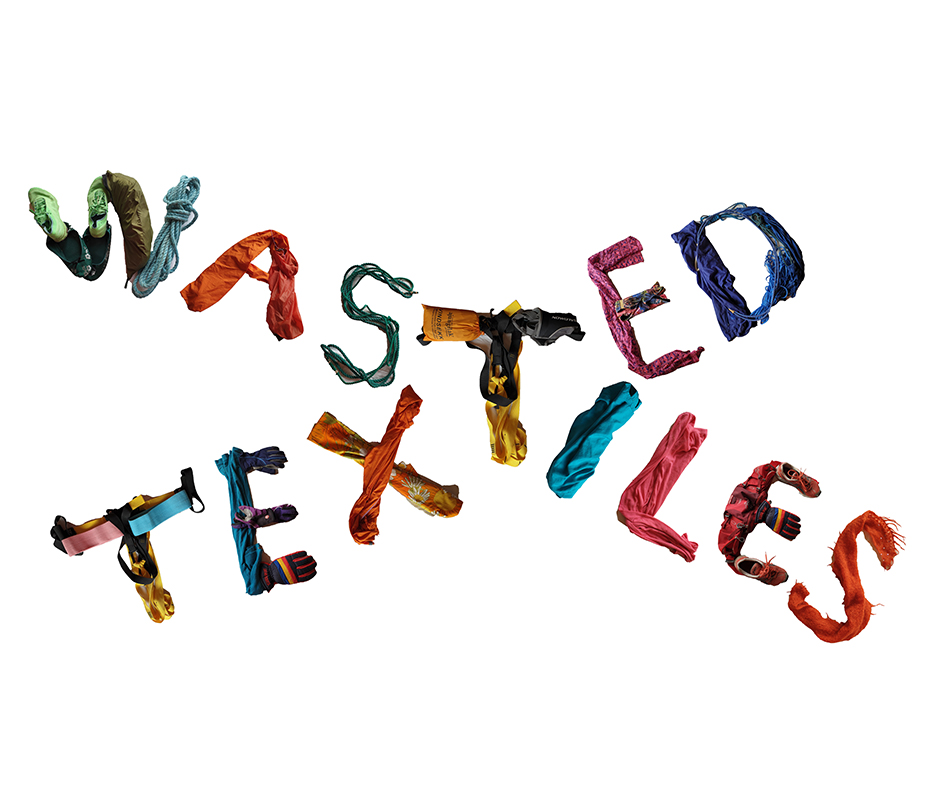
News
Weigthing Weight: Exploring Clothing Fiber Composition and Its Impact on Garments’ Weight
Author: Rita Dominici Introduction Various textile management policies are under debate, with particular attention to the effectiveness of weight-based eco-modulation, a policy strategy aimed at minimizing the environmental impact of products (Lifset et al., 2023). To better understand this mechanism, it is important to first know that fashion is widely regarded as “one of the least…
The proof ain’t in the pudding
It is common to hear and read about the environmental advantages of longer lasting products, it is everywhere from product advertisement to environmental policy and academic literature. But what is the empirical knowledge substantiating the “durability discourse” across consumer goods? In the recently published literature review in Sustainable Production and Consumption, The environmental impact of…
The environmental impact of product lifetime extension: a literature review and research agenda
Authors: Irene Maldini, Ingun Grimstad Klepp & Kirsi Laitala Abstract Consumer goods environmental policy is increasingly focusing on product durability and product lifetime extension (PLE) to reduce their impact. Given the growing societal relevance of PLE, this review investigates the discourse about its environmental effects, and the empirical knowledge that substantiates this discourse. One hundred and nine relevant articles were…
Clothing Research scores at SCORAI 2025
The 2025 SCORAI Europe Conference took place at Lund University in Sweden on April 8-10. SCORAI (Sustainable Consumption Research and Action Initiative) is an international network of researchers and practitioners focused on sustainable consumption. This year’s theme, Mainstreaming Sustainable Consumption, brought together a community of thinkers and doers – including several researchers from SIFO. By…
Potential impacts of EPR in Norway: New study published
Scenarios for different Extended Producer Responsibility options has been explored in a report in Wasted Textiles.
Continue Reading Potential impacts of EPR in Norway: New study published
Artefacta conference
For the fourth time, University of Helsinki arranged the Artefacta conference. It brings together researchers and professionals interested in objects, material culture and our relationship to them (click here for full program helsinki.fi). I had the great honor of opening the event with the talk “Product attachment in politics and wardrobes”. I described the development…

